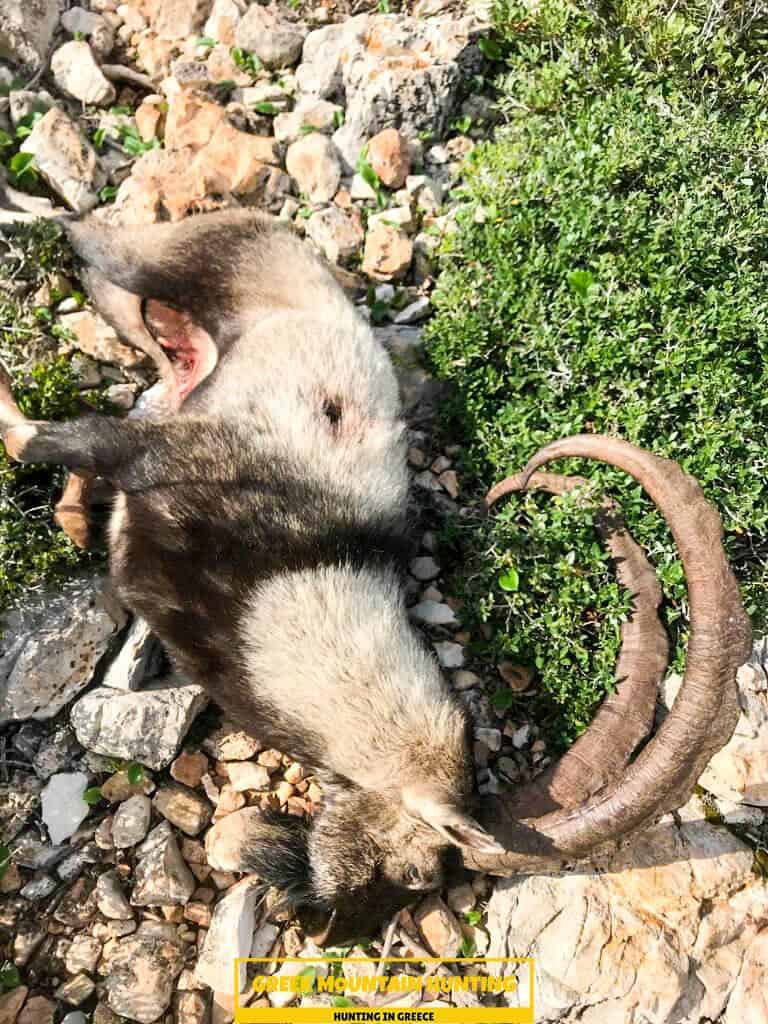Kri kri ibex hunting in Greece
Kri kri ibex hunting in Greece
Blog Article

To lots of people, The Peloponnese peninsula on the Greek Mainland is the 'real' Greece, where things have not changed much at all over the centuries although that many individuals have actually found it. If you are seeking a genuine Greek exterior experience, look no more than the Peloponnese! Here you can diving and hunting on exotic islands as well as touring at the same time.

This Ibex is not a diminutive kind of the Bezoar Ibex, which has moved to the western edge of its array. The kri-kri (Capra aegagrus cretica), likewise known as the Cretan goat, Agrimi, or Cretan Ibex, is a wild goat aboriginal to the Eastern Mediterranean. The kri-kri (Capra aegagrus cretica), a feral goat inhabiting the East Mediterranean, was as soon as believed to be a subspecies of wild goat. The kri-kri has a light brownish layer with a darker neck band. Their 2 sweeping horns rise from their head. The kri-kri is a careful and timid pet in the wild, resting during the day. They can jump cross countries or climb apparently sheer cliffs.
On our Peloponnese trips, you'll get to experience all that this outstanding area has to supply. We'll take you on a scenic tour of a few of the most lovely as well as historic sites in all of Greece, consisting of ancient damages, castles, as well as more. You'll additionally get to experience several of the standard Greek society firsthand by appreciating several of the delicious food as well as red wine that the area is recognized for. And also obviously, no trip to Peloponnese would be full without a dip in the gleaming Mediterranean Sea! Whether you're a knowledgeable seeker trying to find a first-time traveler or a brand-new adventure just looking to explore Greece's sensational landscape, our Peloponnese tours are best for you. So what are you waiting on? Schedule your trip today!
So if you are trying to find a genuine Greek experience away from the pressure of tourism after that look no further than Methoni in The Peloponnesos! Our outside hunting for Kri Kri ibex, fishing, cost-free diving as well as exploring Peloponnese tours from Methoni are the best means to discover this lovely location at your very own pace with like minded people. Call us today to schedule your position on among our scenic tours.
What is the diference between Kri Kri ibex, Bezoar ibex and hybrid ibex
The kri-kri is not thought to be indigenous to Crete, most likely having been imported to the island during the time of the Minoan civilization. Nevertheless, it is found nowhere else and is therefore endemic to Crete. It was common throughout the Aegean but the peaks of the 8,000 ft (2,400 m) White Mountains of Western Crete are their last strongholds–particularly a series of almost vertical 3,000 ft (900 m) cliffs called ‘the Untrodden’—at the head of the Samaria Gorge. This mountain range, which hosts another 14 endemic animal species, is protected as a UNESCO Biosphere Reserve. In total, their range extends to the White Mountains, the Samaria National Forest and the islets of Dia, Thodorou, and Agii Pandes.
This Ibex is NOT a diminutive form of the Bezoar Ibex, which has migrated into the western-most reach of the range of this species. The kri – kri (Capra aegagrus cretica), sometimes called the Cretan goat, Agrimi, or Cretan Ibex, is a feral goat inhabiting the Eastern Mediterranean, previously considered a subspecies of wild goat. The kri-kri has a light brownish coat with a darker band around its neck. It has two horns that sweep back from the head. In the wild they are shy and avoid tourists, resting during the day. The animal can leap some distance or climb seemingly sheer cliffs.
“The agrimi goat Capra aegagrus cretica is unique to Crete and its offshore islands. It has been identi®ed as a sub-species of the wild bezoar goat Capra aegagrus aegagrus Erxleben, 1777, which it closely resembles in horn shape, body form and coloration. This classi®cation has been disputed by some researchers who claim that the agrimi are feral goats, derived from early domestic stock brought to the island by the ®rst Neolithic settlers. In order to clarify this issue, DNA analyses (cytochrome b and D loop sequences) were carried out on tissue of live and skeletonized agrimi and compared to sequences of wild and domestic caprines. Results conclusively show the agrimi to be a feral animal, that clades with domestic goats (Capra hircus) rather than with wild Asiatic bezoar. This study demonstrates that morphometric criteria do not necessarily re¯ect genetic af®nities, and that the taxonomic classi®cation of agrimi should be revised.”
Report this page